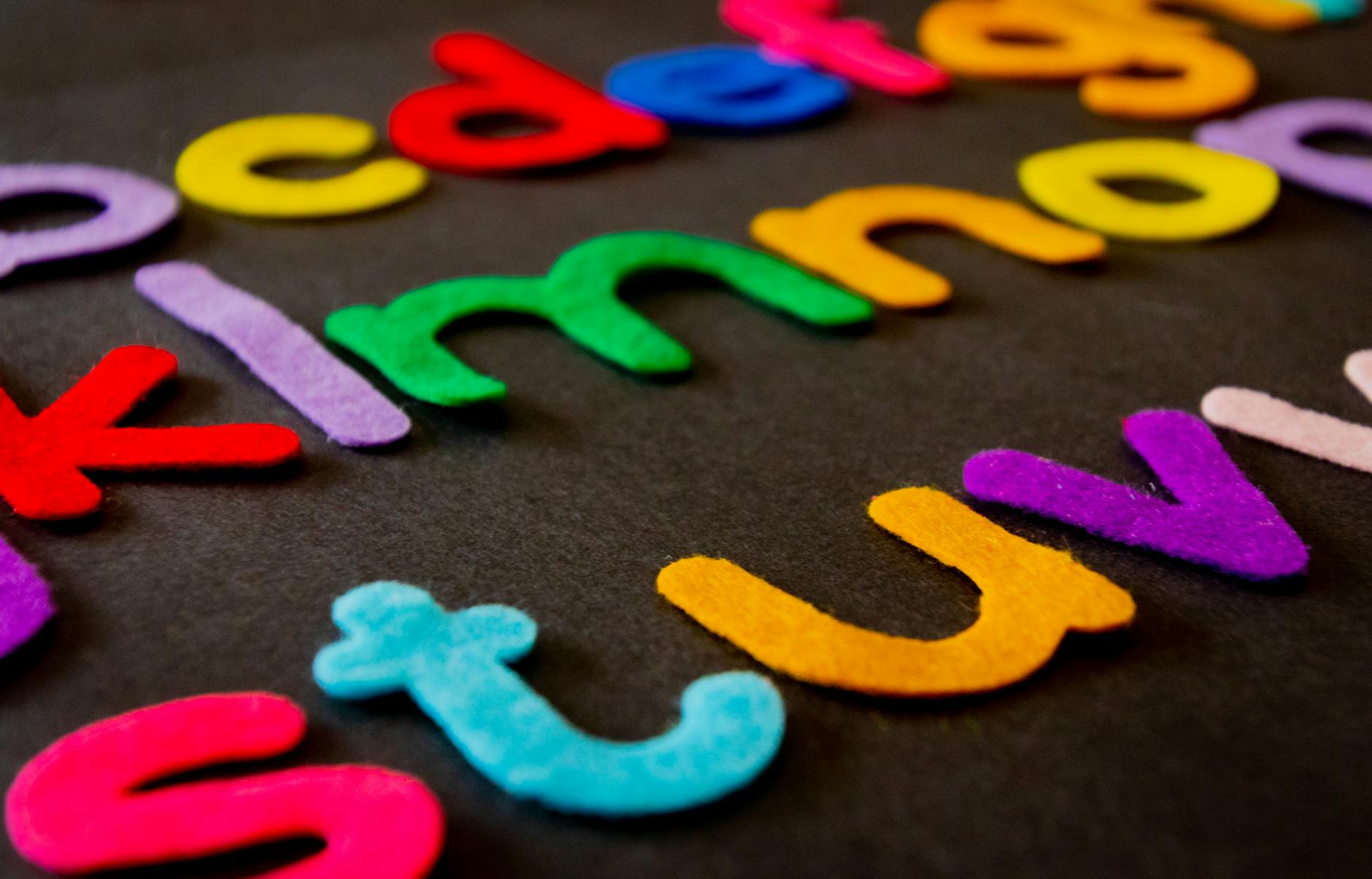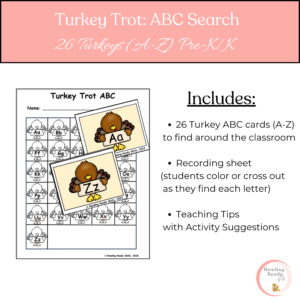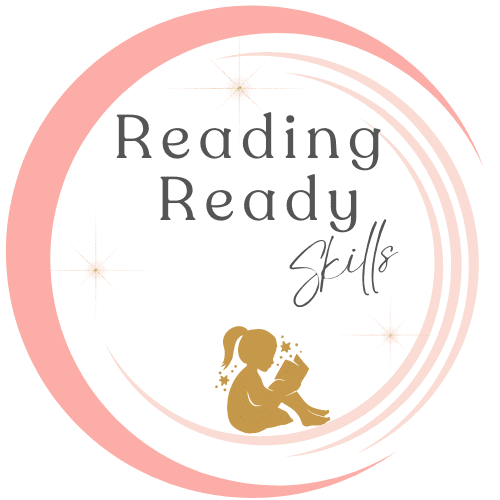Teaching Letters and Sounds: 3 Tips to Get the Reading Magic Started
When I switched grade levels and started teaching kindergarten, the idea of teaching letters and sounds was honestly a little overwhelming to me. While they often still had some confusions, my upper elementary students had always come to me with this basic knowledge. So it was new for me to teach this from the beginning. However, I was soon able to realize that I loved the process of helping students learn about letters. There is something magic about witnessing the process of students take that big step toward officially reading. If you are lucky enough to get to see this magic as well, read on for some strategies that I found helpful for my students.

1. Be Consistent With How You Teach Letters
Sequencing:
While teaching letters and sounds, you may have a choice with whether you teach the letters in alphabetical order. Or you may need to follow the order required by your program or district. Either way, it is important that you stick with it, at least when you first introduce the letters and sounds. Sometimes the order that letters are taught is aligned with a school wide theme, support, and resources. It can also help to avoid confusion if you have a clear vision of your letter sequence from the beginning.
Some programs focus on the order in which children are expected to learn to write the letters, rather than alphabetical order. Again, this may already be determined for you by your school or program, but it’s important to be consistent. A common way to teach letters is to teach uppercase in preschool, since these letters can be easier to learn how to write. Kindergarten programs often begin with lowercase letters, since books (and all text, really) are written with mostly lowercase. Many schools teach all lowercase first, and then go back and review (or for some children, teach) uppercase letters.
Uppercase, Lowercase, or Both?:
This next factor may also be determined for you by your school or program, but it’s also important to be consistent with whether you start with uppercase, lowercase or teach both at once. A common way to teach letters is to teach uppercase in preschool, since these letters can be easier to learn how to write. Kindergarten programs often then begin the year with lowercase letters, since books (and all text, really) are written with mostly lowercase. Many kindergarten programs teach letters and sounds by teaching all lowercase first, and then go back and review (or for some children, teach) uppercase letters.
2. Be Prepared for Confusions
There are a few things that can make learning letters and sounds tricky for young children. One of the most challenging things can be when a letter’s name doesn’t begin like it’s sound. For example, lots of confusion happens with the letter “y” and it’s sound. Kids often assume that the corresponding sound for “y’ is /w/, like the beginning sound of the letter name.
It seems to be easiest to learn the letters that have a name that starts with the same sound as it represents. It is often easier for kids to remember the sound for “T”, because it starts with /t/, just like the letter name. Considering this ahead of time can help you to plan out the order that you teach letters (if you can). It can also allow some extra practice time to work on those tricky letters, if needed. There are also several other confusions or reversals that children often make when first learning letters. Sometimes it’s hard to know what these will be until you get started. But checking for confusion as you will help you to figure out the best ways to reteach needed skills.
3. Stick with the Basics
Sounds:
As adults, we know that some letters can make multiple sounds. But as young children learning letters and sounds for the first time, it’s really important that we stick to the basics and use only examples that make it easiest to remember the most common sounds. Using pictures and objects to demonstrate beginning sounds of letters is a great hands on activity to help kids learn their letters and sounds. Just be sure that when you introduce the letter Gg, you use keywords that being such as goat or game. Please don’t use a picture of a giraffe just yet. 😉
Letters:
Another skill that we have as readers is that we have been exposed to a variety of fonts. In most cases, we can recognize letters, even if they look different. We know that one letter can have several different “looks” to it. It’s important to remember that our students who are just learning letters are not there yet. They need to learn to recognize and write the most basic form of the letters. It’s best to teach the “easy” fonts first, but still good to expose them to what “fancy” letters look like, as they will see them in text.
For this reason, I try to be very deliberate with choosing the type of font in my activities. I want the letters to look recognizable for my students, and not lead to letter confusion, as some fonts do. After some research, I was happy to find the clip artist Golly Miss Molly. I use her fonts for many of my letters in my teaching resources. You can find her work at the link below.
Speaking of resources to teach letters, check out some of my letter activities below. I hope that you have found the above tips helpful. But as always, our focus at this age should be on students having fun as they learn. Happy teaching!
Letter Activities
Seasonal/Holiday Letter Activities
-

-
 Product on saleThanksgiving Activities for Kindergarten: Turkey Trot ABC SearchOriginal price was: $3.00.$2.25Current price is: $2.25.
Product on saleThanksgiving Activities for Kindergarten: Turkey Trot ABC SearchOriginal price was: $3.00.$2.25Current price is: $2.25. -

-

Buy on Teachers Pay Teachers!
My store link: Reading Ready Skills Teaching Resources | Teachers Pay Teachers
Font Artist that I recommend (Mollie Jo Fonts):
Golly Miss Mollie Teaching Resources | Teachers Pay Teachers



